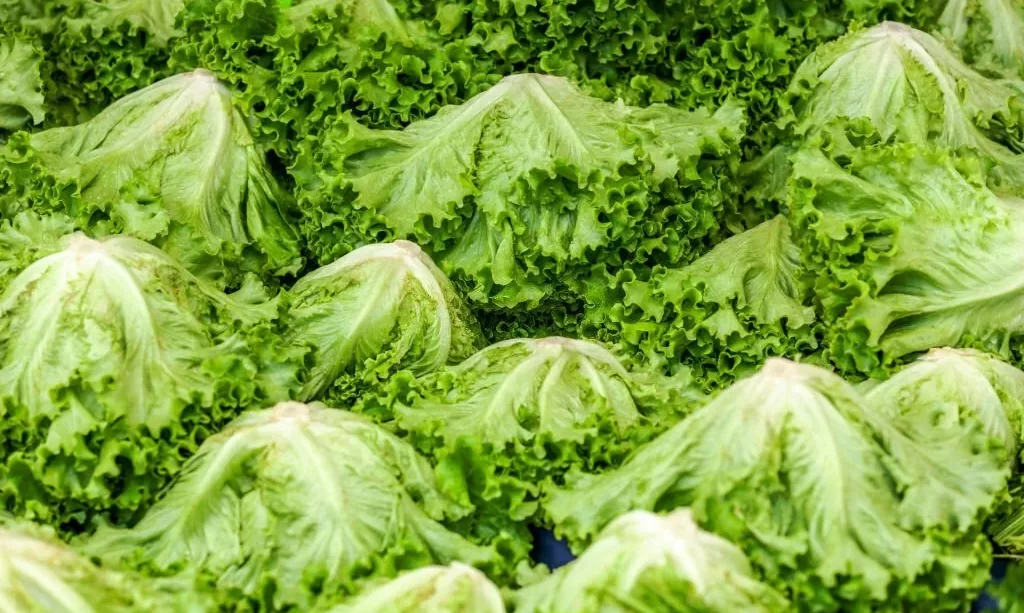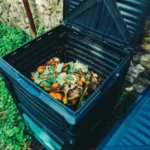Are you wondering how long your crisp, leafy greens can sit out on the kitchen counter before they turn into a wilted disappointment? We’ve all been there, and it’s essential to know how to keep your lettuce fresh. In this article, we’ll delve into the world of lettuce storage, answering the question: How long can lettuce sit out before it goes bad? Let’s explore the shelf life of lettuce and whether room temperature or refrigeration is the best choice.
Shelf Life of Lettuce
The longevity of your lettuce depends on the variety you’ve picked up at the store. Iceberg lettuce, known for its robust leaves, can last anywhere from one to three weeks in the refrigerator. Romaine lettuce, with its crisp leaves, usually maintains freshness for about a week or slightly longer. Of course, these are general guidelines, and the actual shelf life can vary based on factors like the initial quality of the lettuce when you bought it and how well you store it.
Room Temperature vs Refrigeration
Now, the big question is whether you should leave your lettuce out on the counter or store it in the fridge. Well, it’s no secret that lettuce thrives in cooler environments. When left at room temperature, especially in warm or humid conditions, lettuce tends to wilt and deteriorate faster. Refrigeration is the way to go if you want to extend the shelf life of your greens. The cold environment of the refrigerator slows down the wilting process and helps maintain the lettuce’s crispness. But there’s more to this, so let’s explore the details further.
Signs of Spoilage
Before you take a bite of that lettuce, it’s crucial to be able to tell if it’s gone bad. Signs of spoilage are quite noticeable. The most common indicators include wilting leaves, which become limp and less crunchy. Browning or slimy spots on the leaves are definite red flags. If you detect any of these signs, it’s best to discard the spoiled parts or the entire head of lettuce if it’s extensively affected. Keeping an eye out for these spoilage signals is essential for serving fresh and safe salads.
How to Properly Store Lettuce
To maximize the lifespan of your lettuce, proper storage is key. Here are some simple tips to keep your greens crisp and delightful. Start by washing and thoroughly drying your lettuce before storing it. Excess moisture can lead to rot, so ensure it’s as dry as possible. Next, consider using an airtight container or a resealable plastic bag. This helps maintain humidity levels and keeps the lettuce from drying out or becoming too damp. You can also place a paper towel inside the container or bag to absorb excess moisture. If your lettuce came in a plastic bag from the store, it’s often a good idea to leave it in there but ensure it’s sealed tightly. Different types of lettuce may have varying storage requirements, so always check for specific instructions when available.
These steps are essential for keeping your lettuce fresh and reducing food waste. Let’s continue to explore more about lettuce storage and safety in the following sections.
Safety Concerns
Beyond the freshness factor, there are safety concerns to consider when it comes to lettuce. Leaving lettuce out at room temperature for extended periods can create a breeding ground for harmful bacteria. Bacteria like E. coli and Salmonella can multiply on lettuce if it’s not properly stored. These pathogens can cause foodborne illnesses, leading to unpleasant symptoms. To ensure your lettuce remains safe to eat, always refrigerate it promptly. Additionally, if you notice any signs of spoilage, it’s better to be cautious and discard the affected portions to avoid health risks.
Practical Examples
Let’s put theory into practice with a couple of real-life examples. Imagine you’ve just returned from the grocery store with a fresh head of romaine lettuce. You’re planning to make a salad for dinner. If you leave that lettuce out on the kitchen counter for several hours on a warm summer day, you’ll likely find it wilting and losing its crunchiness. On the other hand, if you wash and dry the lettuce, store it in an airtight container or resealable bag with a paper towel, and place it in the fridge, you can expect it to stay crisp for a week or more, ready to be transformed into a delicious salad.
Now, consider a situation where you’ve hosted a summer BBQ, and a bowl of mixed greens was set out on the picnic table. As the hours pass, the sun beats down, and the temperature rises. The lettuce in the bowl starts to wilt and become less appetizing. This scenario illustrates the importance of serving lettuce at room temperature for short periods. To keep it fresh and safe during outdoor events, you can place the bowl of lettuce on a bed of ice or keep it in a cooler until serving.
Conclusion
In the world of lettuce storage, knowledge is your best friend. By understanding the shelf life of various lettuce types, the impact of room temperature versus refrigeration, and the signs of spoilage, you can ensure your greens stay crisp and safe to eat. Remember that the key to enjoying fresh and delicious lettuce lies in proper storage practices. Whether you’re preparing a simple salad for dinner or hosting a summer gathering, keeping your lettuce cool and dry is the recipe for success. So, next time you ponder how long lettuce can sit out, you’ll be well-equipped to make the right choice and savor those vibrant, leafy greens.



